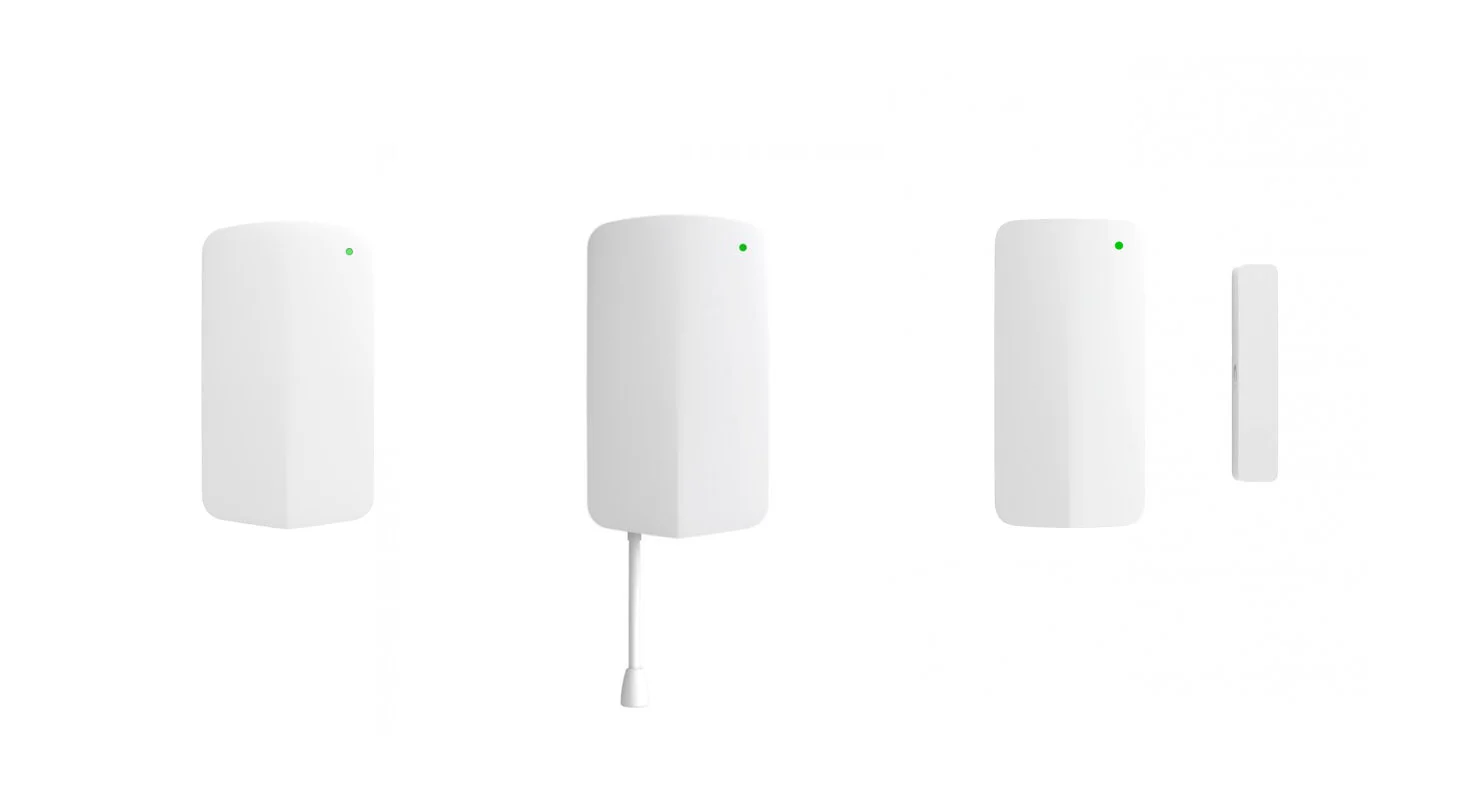Why Your Data Center Needs Environmental Sensors
Reading Time: 3 minutes
What’s the weirdest thing that’s happened in your data center or IT closet? We’ve gotten some interesting calls from clients over the years. We've also experienced our own share of environmental issues.
By far the most common issues we see are related to heat, especially in the dead of summer. Problems with your A/C unit can go undetected when it’s not very hot outside. As the temperature rises, the unit can no longer keep up (often due to a coolant problem).
In some cases the A/C unit is not to blame. Another reason your data center may get too hot is because it’s overloaded with too much gear. This is especially likely if you’ve upgraded to a 10gig infrastructure. The heat output from this equipment is much higher.
Most equipment is pre-programmed to shut off when it reaches a critical mass temperature setting to prevent hardware damage.But though the storage units and servers will shut down to avoid damage, they don’t always do it smoothly. This can cause data corruption. If that happens, getting your equipment back online will take several hours.
It’s also not uncommon to find A/C equipment or various plumbing pipes directly above a data center. Water leaks from these can be even worse for your equipment than heat, causing permanent damage.
Issues in your data center can be catastrophic and have a domino affect—if your storage unit goes out, that impacts all your servers. If your servers go out, that impacts your applications. Usually the last thing to go out is the networking hardware. So you will have a functioning network but all your applications will be offline.
So what’s the solution to all of this?That’s where environmental sensors come in.
The Sensors
There are many devices on the market. Meraki makes our favorite smart sensors. These units cost around $300-400, including a license. They offer three models:
MT10
This sensor measures indoor temperature and humidity.
MT12
This sensor detects indoor water leaks.
MT20
This model is an open/close sensor for doors.
How They Work
All three sensors integrate with the Meraki dashboard. They’re simple to manage, especially if you already have Meraki products in your network—whether wireless, security, or video surveillance.
They use Bluetooth connectivity and require either WiFi 6-compatible Meraki access points (at least one nearby) or a 2nd-generation MV Smart Camera.
Why You Need Them
Things like heat, humidity, and water can wreak havoc your data center equipment.
Replacing hardware and restoring original data is be a time consuming process, and that’s if you have adequate recovery processes in place. If not, your whole organization could suffer serious setbacks from the loss of data.
Environmental sensors will save you lots of money and time in the long run. They'll alert you to potential problems, giving you the ability to proactively shut your systems down safely. The last thing you want is damaged equipment or unexpected downtime that could have been prevented.It’s a small investment to protect yourself.
Image credit: Cisco Meraki



